Chapter 26: Art of the Americas
5.0(1)
5.0(1)
Card Sorting
1/46
Earn XP
Description and Tags
Art History
AP Art History
Art of the Americas
Chavín
Mayan
Ancient Puebloans
Mississippians
Aztec
Inka
North American Indian
Chavín de Huántar
Lanzón Stone
Nose ornament
Yaxchilán
Mesa Verde cliff dwellings
Great Serpent Mound
Templo Mayor
Coyolxauhqui
Calendar Stone
Olmec-style mask
Ruler’s feather headdress
Maize cobs
City of Cusco
Qorikancha
Walls at Saqsa Waman
Machu Picchu
All-T’oqapu tunic
Bandolier bag
Transformation mask
Hide Painting of the Sun Dance
Black-on-black ceramic vessel
12th
Study Analytics
Name | Mastery | Learn | Test | Matching | Spaced |
|---|
No study sessions yet.
47 Terms
1
New cards
Ashlar masonry
carefully cut and grooved stones that support a building without the use of concrete or other kinds of masonry
2
New cards
Bandolier bag
a large heavily beaded pouch with a slit on top worn at the waist with a strap over the shoulders
3
New cards
Chacmool
a Mayan figure that is half-sitting and half-lying on his back
4
New cards
Corbel arch
a vault formed by layers of stone that gradually grow closer together as they rise and eventually meet
5
New cards
Coyolxauhqui
an Aztec moon goddess whose name means “Golden Bells”
6
New cards
Huitzilopochtli
an Aztec god of the sun and war; sometimes represented as an eagle or as a hummingbird
7
New cards
Kiva
a circular room wholly or partly underground used for religious rites
8
New cards
Potlatch
a ceremonial feast among northwest coast American Indians in which a host demonstrates his or her generosity by bestowing gifts
9
New cards
Pueblo
a communal village of flat-roofed structures of many stories that are stacked in terraces; made of stone or adobe
10
New cards
Relief sculpture
a sculpture that projects from a flat background
11
New cards
Repoussé
(French, meaning “to push back”) a type of metal relief sculpture in which the back side of a plate is hammered to form a raised relief on the front
12
New cards
Roof comb
a wall rising from the center ridge of a building to give the appearance of greater height
13
New cards
Teepee
a portable Indian home made of stretched hides placed over wooden poles
14
New cards
Tlaloc
ancient American god who was highly revered; associated with rain, agriculture, and war
15
New cards
T’oqapu
small rectangular shapes in an Inkan garment
16
New cards
Transformation mask
A mask worn in ceremonies by people of the Pacific Northwest, Canada, or Alaska. The chief feature of the mask is its ability to open and close, going from a bird-like exterior to a human-faced interior
17
New cards
Chavín
a civilization in coastal Peru named after its main archaeological site.
18
New cards
Anasazi culture
The \______ was referred to as "ancient ones" or "ancient enemies" in Navajo language.
19
New cards
Anasazi
the name used for ancient puebloans known for their detailed pueblos made of local materials.
20
New cards
Aztec art
It is best known for its abundance of gold jewelry, as well as intricately carved jade and turquoise pieces.
21
New cards
Inkan
\________ architecture is remarkable for constructing cities in extremely challenging locations.
22
New cards
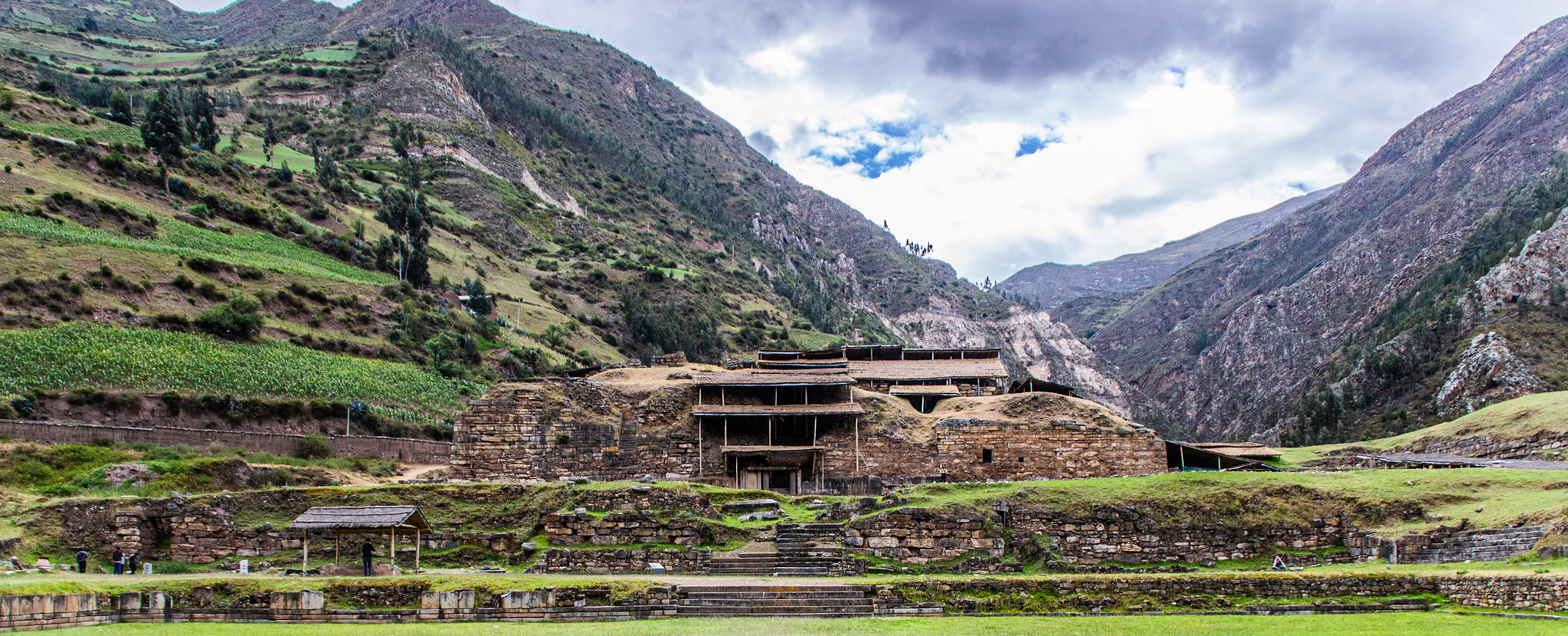
Chavín de Huántar
* A religious capital.
* Temple, 60 meters tall, was adorned with a jaguar sculpture, a symbol of power.
* Hidden entrance to the temple led to stone corridors.
* Temple, 60 meters tall, was adorned with a jaguar sculpture, a symbol of power.
* Hidden entrance to the temple led to stone corridors.
23
New cards
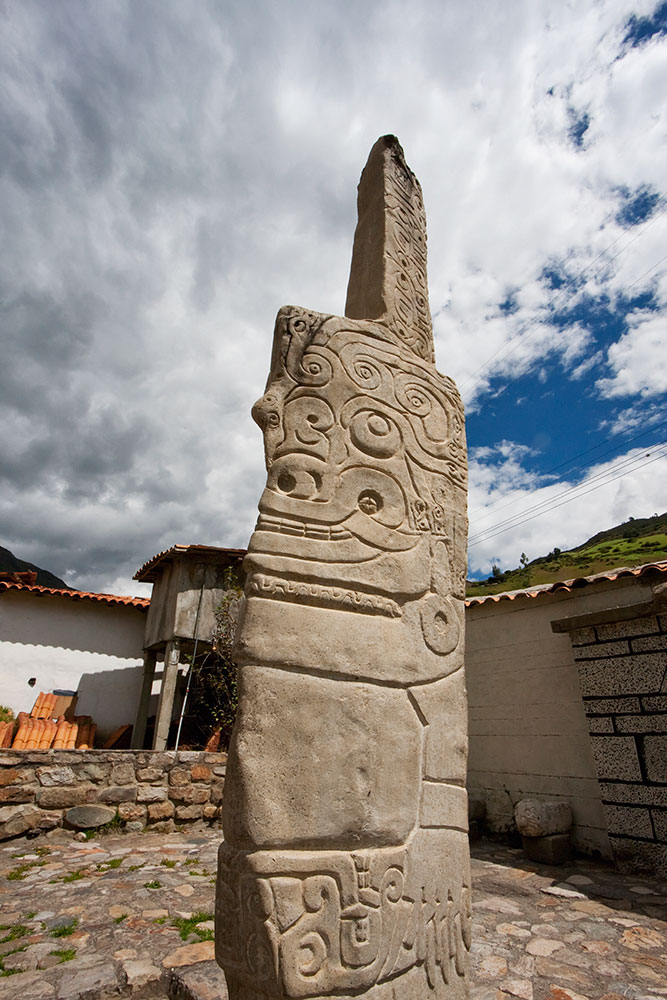
Lanzón Stone
* Served as a cult figure; Center of pilgrimage
* 15 feet tall.
* 900–200 B.C.E. (Peru)
* Head of snakes and a face of a jaguar.
* 15 feet tall.
* 900–200 B.C.E. (Peru)
* Head of snakes and a face of a jaguar.
24
New cards
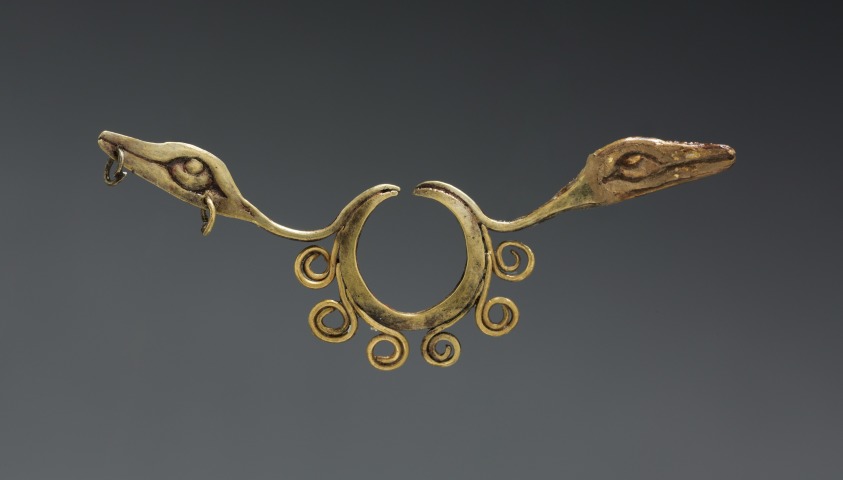
Nose ornament
* Elite men and women wore these as emblems of their ties to the religion and eventually were buried with them.
* Held in place by the semicircular section at the top.
* A hammered gold alloy
* Held in place by the semicircular section at the top.
* A hammered gold alloy
25
New cards
Yaxchilán
* Found in Chiapas, Mexico
* City set on a high terrace; plaza surrounded by important buildings.
* Flourished c. 300–800 C.E.
* City set on a high terrace; plaza surrounded by important buildings.
* Flourished c. 300–800 C.E.
26
New cards
Structure 40, Yaxchilán
* Built by ruler Bird Jaguar IV for his son, who dedicated it to him.
* Roof remains nearly intact, with a large roof comb (ornamented stone tops on roofs).
* Roof remains nearly intact, with a large roof comb (ornamented stone tops on roofs).
27
New cards
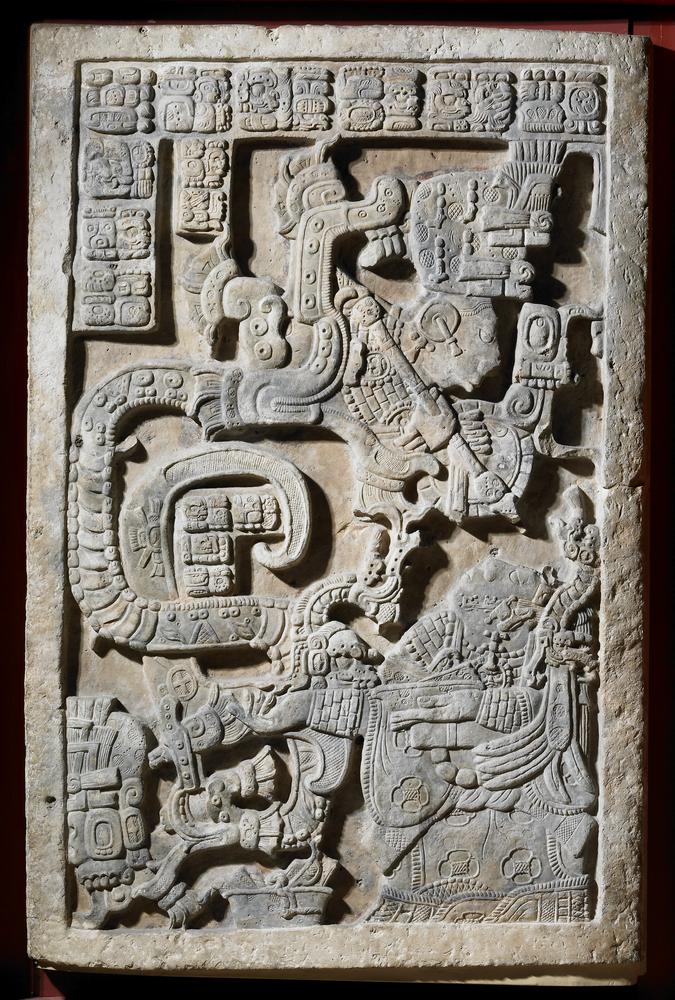
Lintel 25, Structure 33, Yaxchilán
* Roof remains nearly intact, with a large roof comb (ornamented stone tops on roofs).
* originally set above the central doorway of Structure 23 as a part of a series of three lintels.
* intended to relay a message of the refoundation of the site
* originally set above the central doorway of Structure 23 as a part of a series of three lintels.
* intended to relay a message of the refoundation of the site
28
New cards
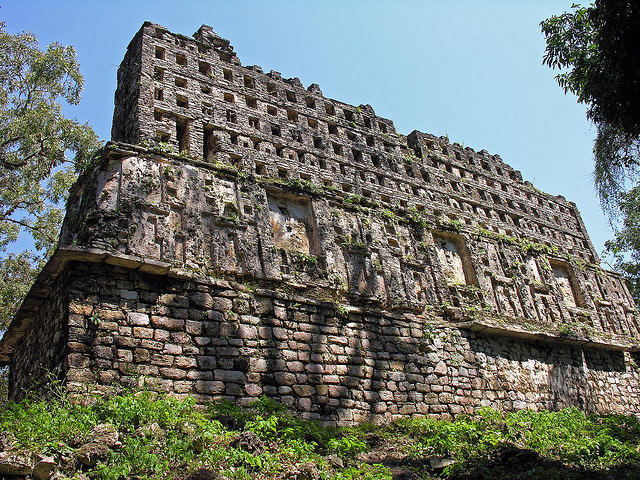
Structure 33, Yaxchilán
* Restored temple structure.
* Remains of roof comb with perforations.
* Three central doorways lead to a large single room.
* Corbel arch interior.
* Remains of roof comb with perforations.
* Three central doorways lead to a large single room.
* Corbel arch interior.
29
New cards
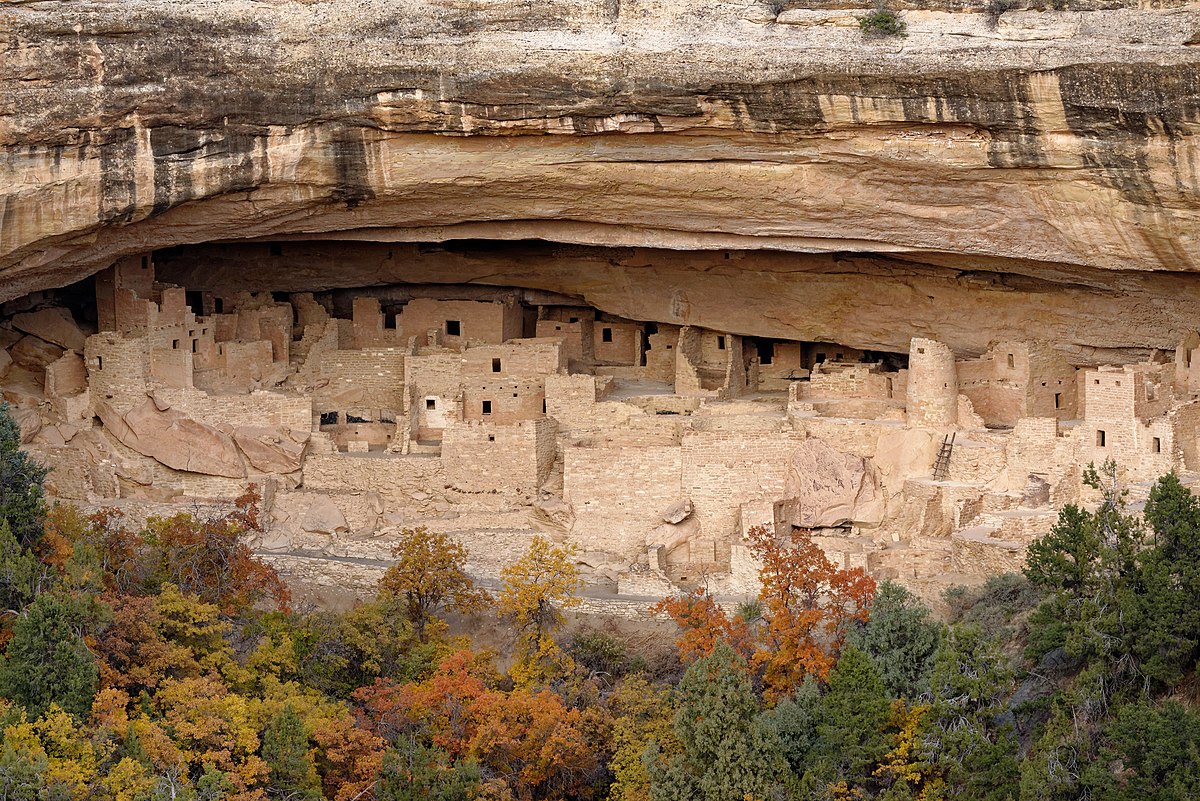
Mesa Verde cliff dwellings
* The top ledge houses supplies in a storage area; cool and dry area out of the way; accessible only by ladder.
* The pueblo was built into the sides of a cliff, housed about one hundred people.
* Inhabited for two hundred years; probably abandoned when the water source dried up.
* The pueblo was built into the sides of a cliff, housed about one hundred people.
* Inhabited for two hundred years; probably abandoned when the water source dried up.
30
New cards
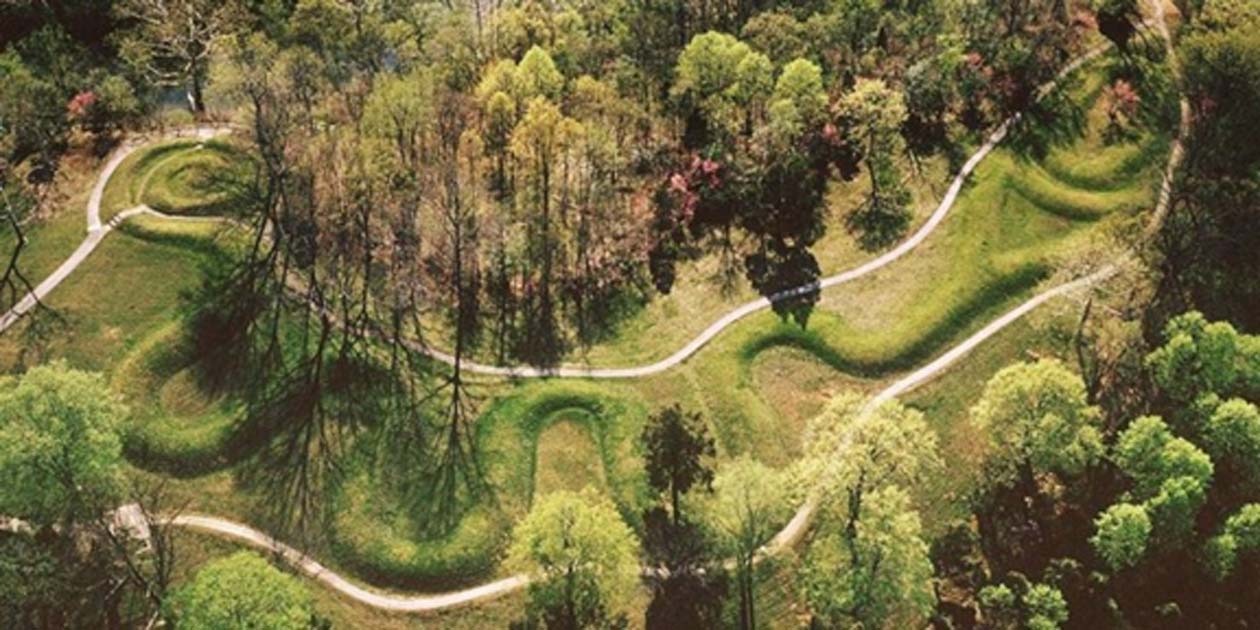
Great Serpent Mound
* Many mounds were enlarged and changed over the years, not built in one campaign.
* Effigy mounds popular in Mississippian culture.
* Associated with snakes and crop fertility.
* Effigy mounds popular in Mississippian culture.
* Associated with snakes and crop fertility.
31
New cards
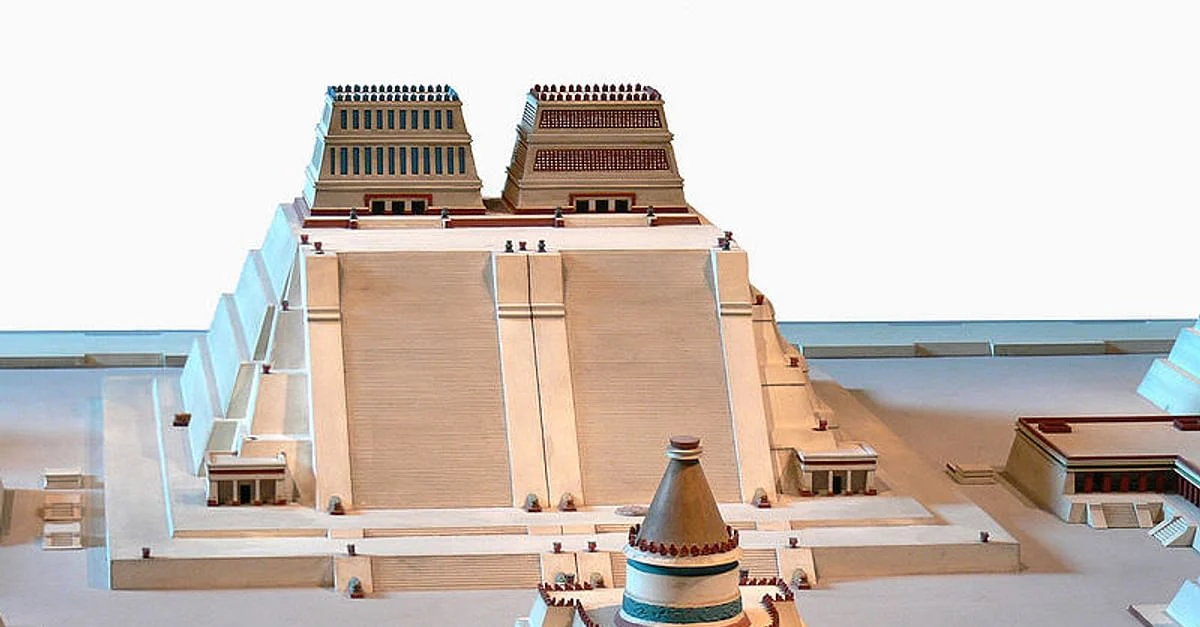
Templo Mayor (Main Temple)
* Pyramids built one atop the other so that the final form encases all previous pyramids; seven building campaigns.
* destruction and reuse of its stones by the Spanish asserted a political and spiritual dominance over the conquered civilization.
* destruction and reuse of its stones by the Spanish asserted a political and spiritual dominance over the conquered civilization.
32
New cards
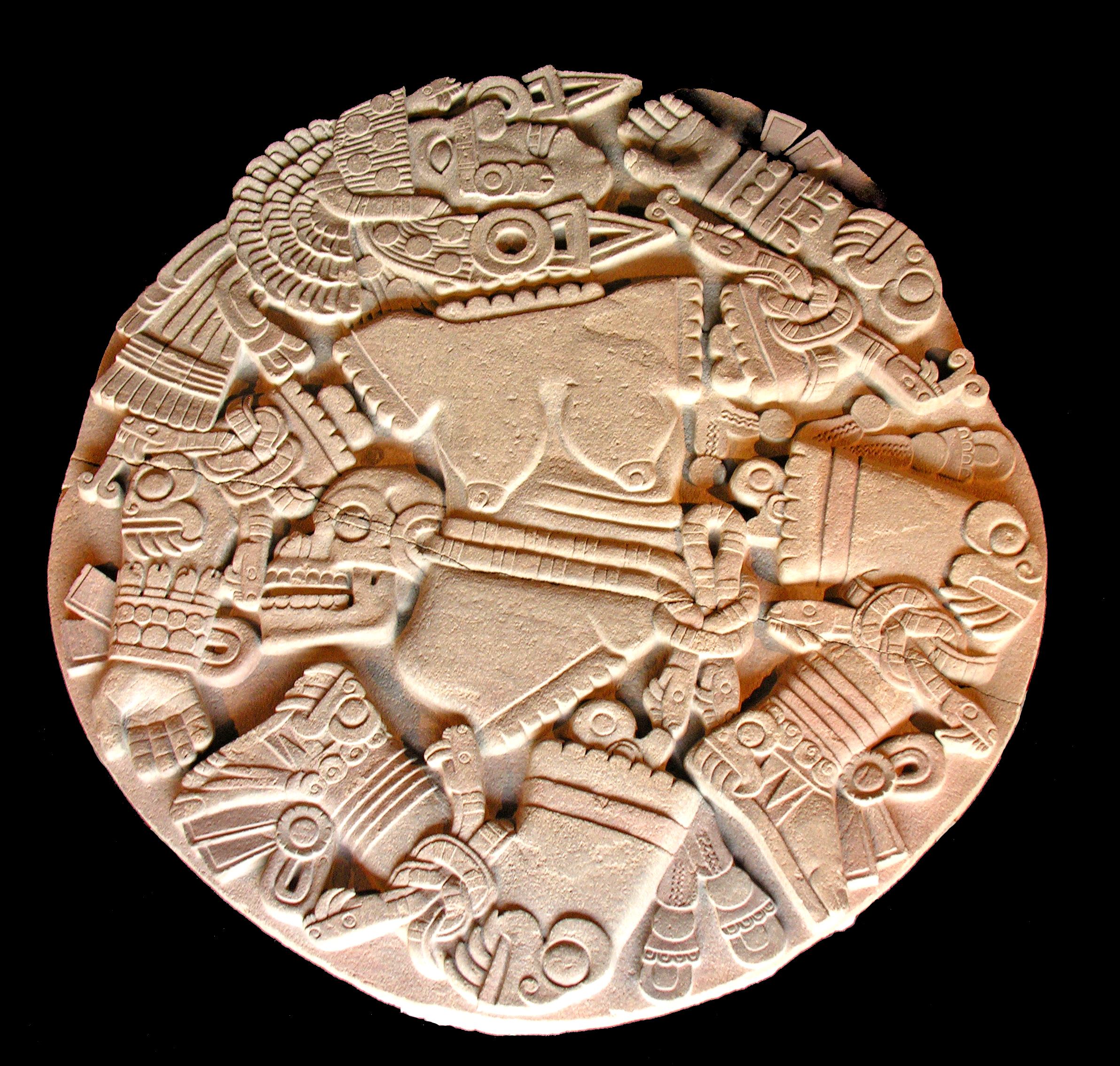
Coyolxauhqui
* **C**ircular relief sculpture.
* Once brilliantly painted.
* So called because of the bells she wears as earrings.
* Once brilliantly painted.
* So called because of the bells she wears as earrings.
33
New cards

Calendar Stone
* Circular shape reflects the cyclic nature of time.
* Two calendar systems, separate but intertwined.
* Calendars synced every fifty-two years in a time of danger, when the Aztecs felt a human sacrifice could ensure survival.
* Two calendar systems, separate but intertwined.
* Calendars synced every fifty-two years in a time of danger, when the Aztecs felt a human sacrifice could ensure survival.
34
New cards
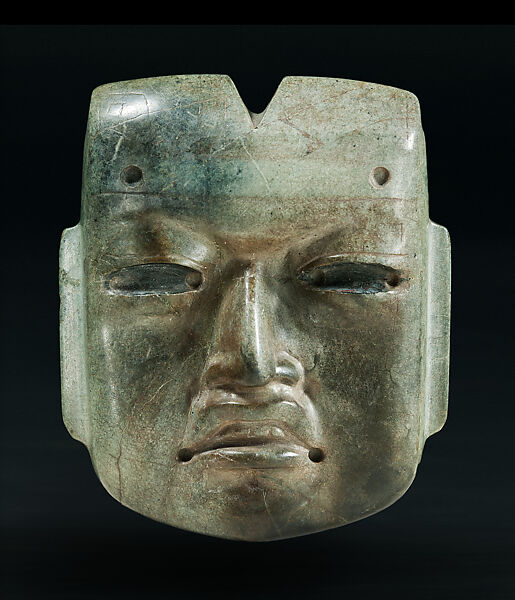
Olmec-style mask
* Found on the site; actually a much older work executed by the Olmecs.
* Made of jadeite.
* Shows that the Aztecs collected and embraced artwork from other cultures
* Shows that the Aztecs had a wide-ranging merchant network that traded historical items.
* Made of jadeite.
* Shows that the Aztecs collected and embraced artwork from other cultures
* Shows that the Aztecs had a wide-ranging merchant network that traded historical items.
35
New cards
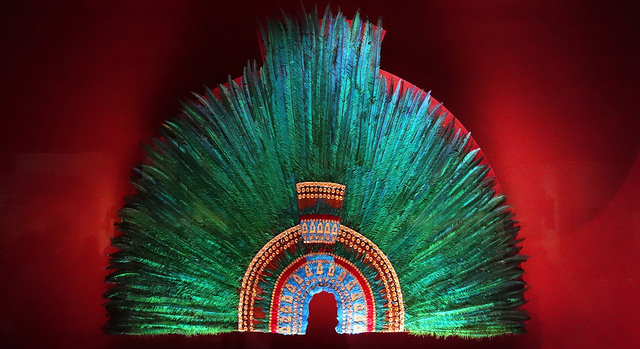
Ruler’s feather headdress
* Only known Aztec feather headdress in the world.
* Headdress possibly part of a collection of artifacts given by Motechuzoma
* Made from 400 long green feathers
* Headdress possibly part of a collection of artifacts given by Motechuzoma
* Made from 400 long green feathers
36
New cards
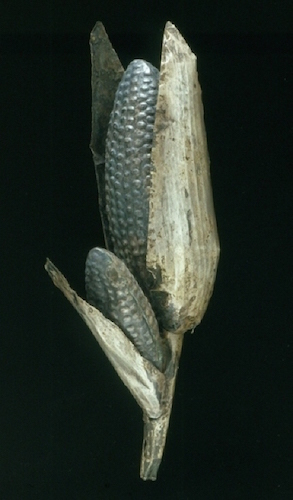
Maize cobs
* Repoussé technique.
* May have been part of a garden in which full-sized metal sculptures of plants and other items were put in place alongside actual plants in the Qorinkancha garden.
* was celebrated by having sculptures fashioned out of sheet metal.
* May have been part of a garden in which full-sized metal sculptures of plants and other items were put in place alongside actual plants in the Qorinkancha garden.
* was celebrated by having sculptures fashioned out of sheet metal.
37
New cards
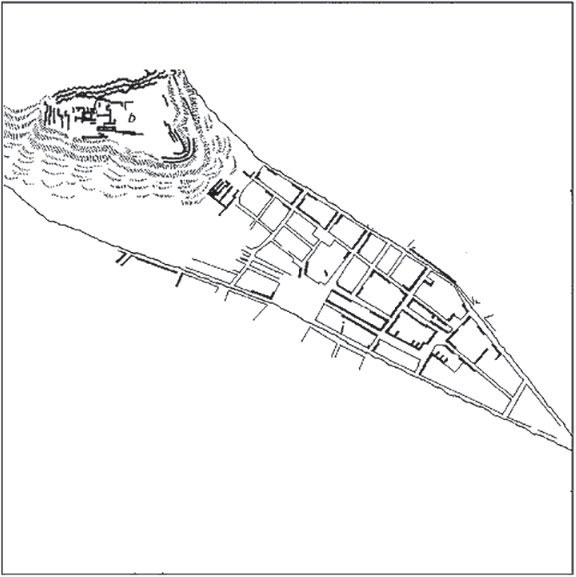
City of Cusco
* In the shape of the puma, a royal animal.
* Modern plaza is in the place where the puma’s belly would be.
* Head, a fortress; heart, a central square.
* Historic capital of the Inka Empire.
* Modern plaza is in the place where the puma’s belly would be.
* Head, a fortress; heart, a central square.
* Historic capital of the Inka Empire.
38
New cards
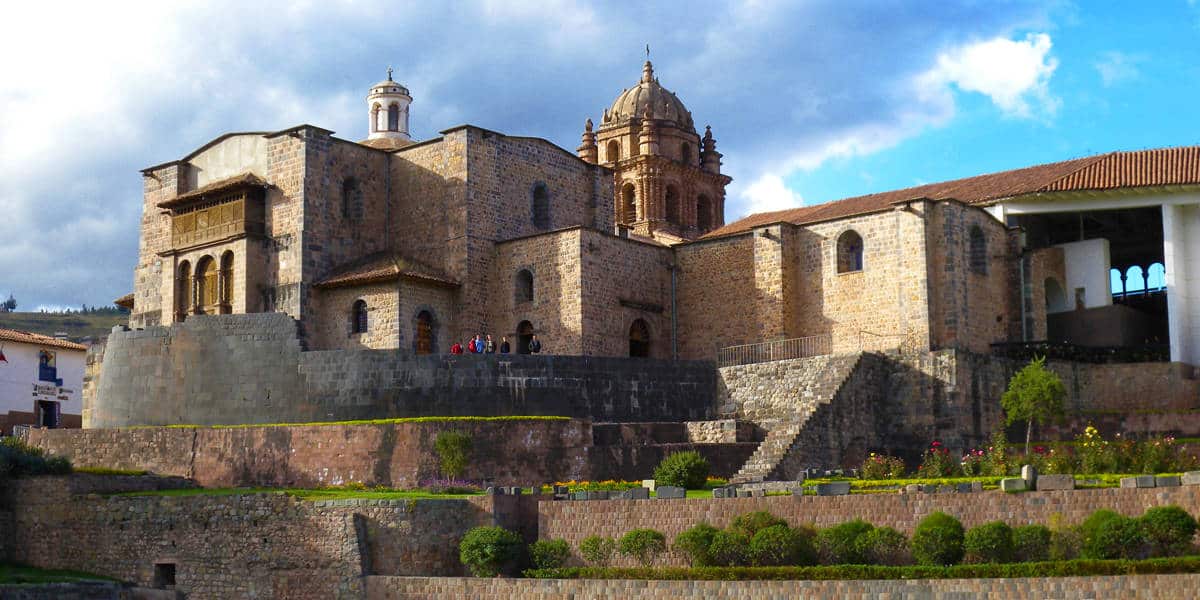
Qorikancha
* Once was an observatory for priests to chart the skies.
* placed at the convergence of the four main highways and connected to the four districts of the empire;
* the temple cemented the symbolic importance of religion
* placed at the convergence of the four main highways and connected to the four districts of the empire;
* the temple cemented the symbolic importance of religion
39
New cards
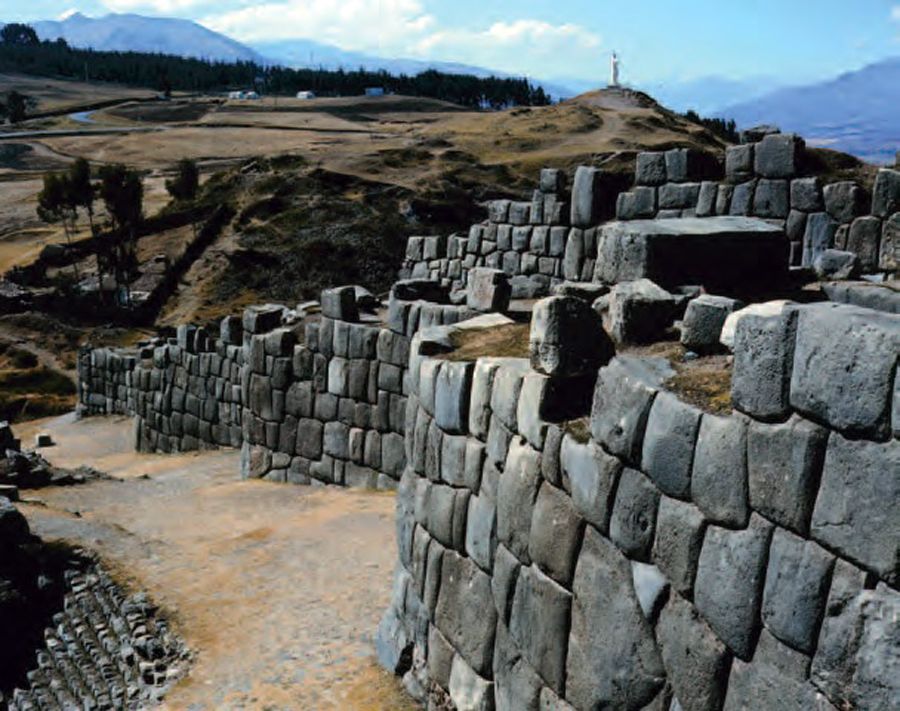
Walls at Saqsa Waman (Sacsayhuaman)
* Ashlar masonry.
* Ramparts contain stones weighing up to seventy tons, brought from a quarry two miles away.
* Complex outside the city of Cusco, Peru, at the head of the puma-shaped plan of the city.
* Ramparts contain stones weighing up to seventy tons, brought from a quarry two miles away.
* Complex outside the city of Cusco, Peru, at the head of the puma-shaped plan of the city.
40
New cards
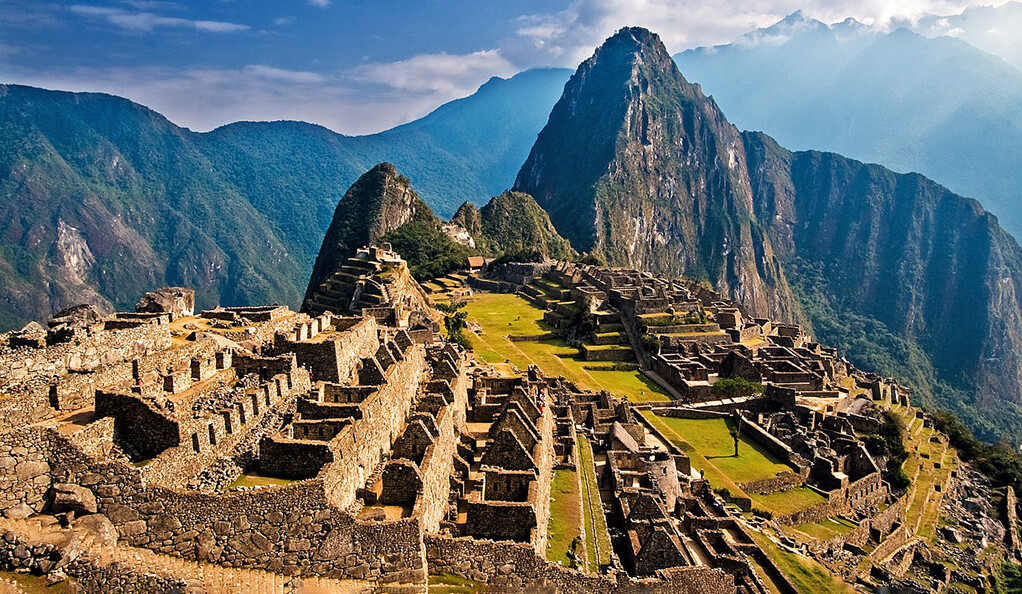
Machu Picchu
* Buildings built of stone with perfectly carved rock rendered in precise shapes and grooved together; thatched roofs.
* Originally functioned as a royal retreat.
* The estate of fifteenth-century Inkan rulers.
* Originally functioned as a royal retreat.
* The estate of fifteenth-century Inkan rulers.
41
New cards
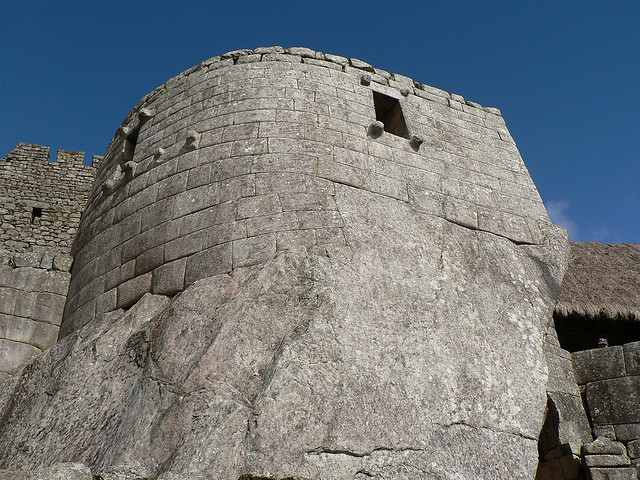
Observatory in Machu Picchu
* Highest point at Machu Picchu.
* Used to chart the sun’s movements; also known as the Temple of the Sun.
* Used to chart the sun’s movements; also known as the Temple of the Sun.
42
New cards
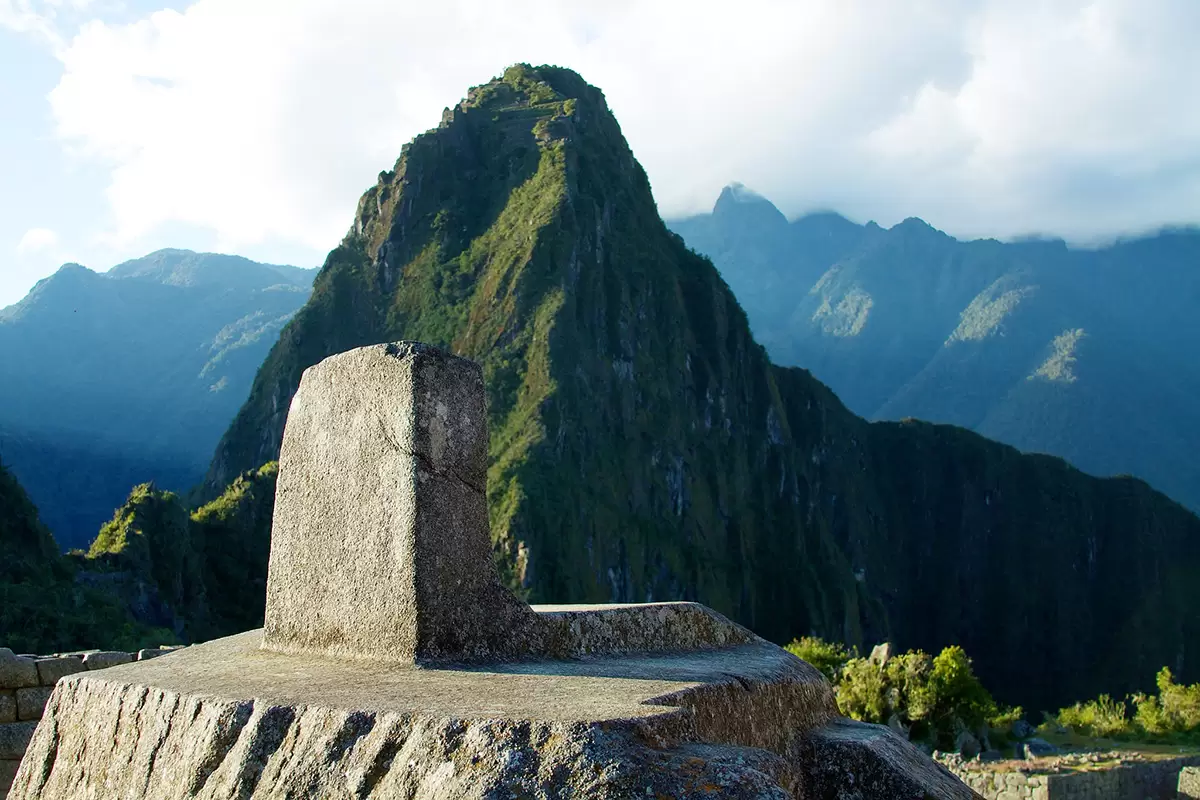
Intihuatana Stone in Machu Picchu
* aligns with the sun at the spring and the autumn equinoxes, when the sun stands directly over the pillar and thus creates no shadow.
* Inkan ceremonies held in concert with this event.
* Inkan ceremonies held in concert with this event.
43
New cards
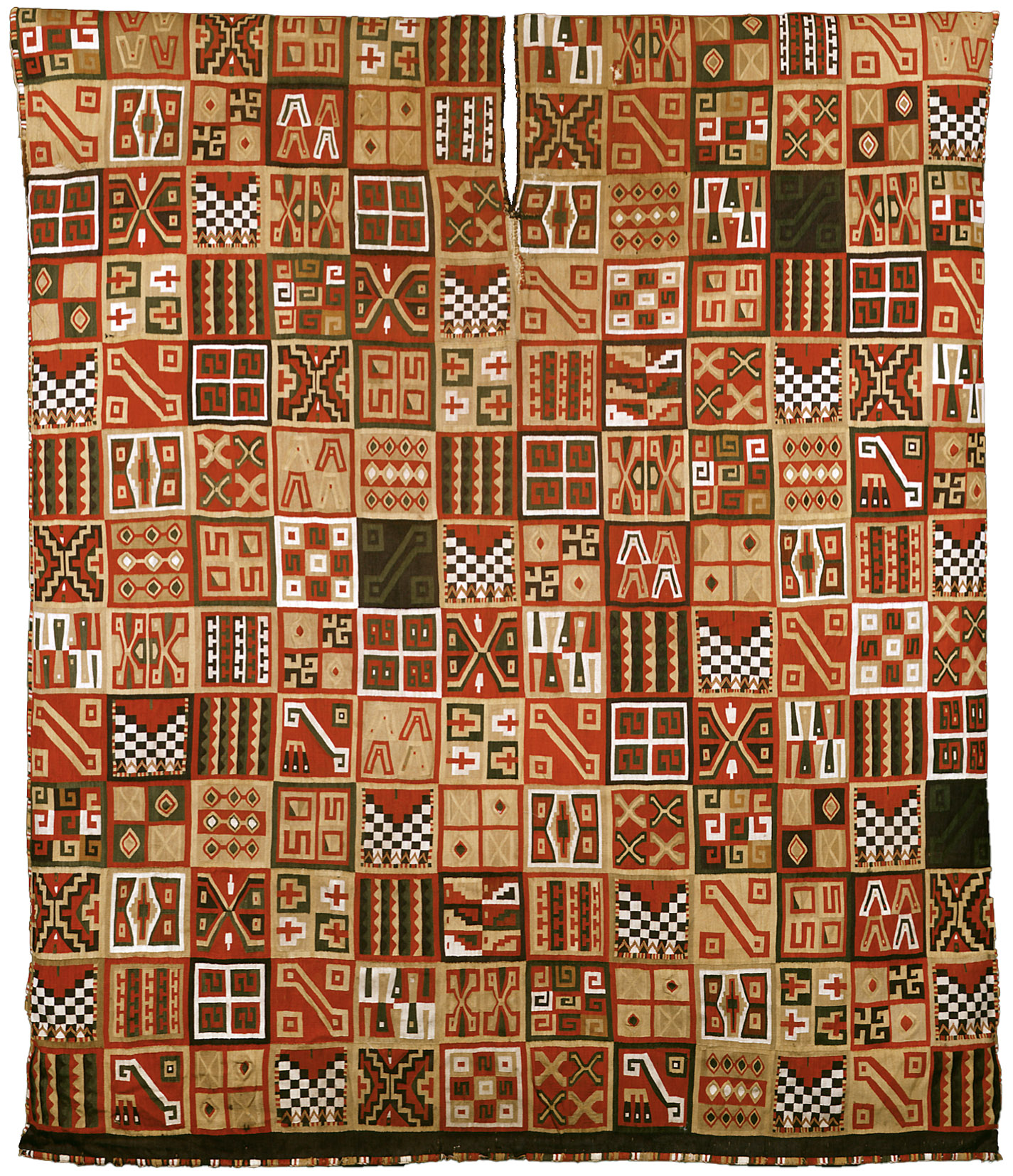
All-T’oqapu tunic
* Wearing such an elaborate garment indicates the status of the individual.
* May have been worn by an Inkan ruler.
* Exhibits Inkan preference for abstract designs, standardization of designs, and an expression of unity and order.
* May have been worn by an Inkan ruler.
* Exhibits Inkan preference for abstract designs, standardization of designs, and an expression of unity and order.
44
New cards
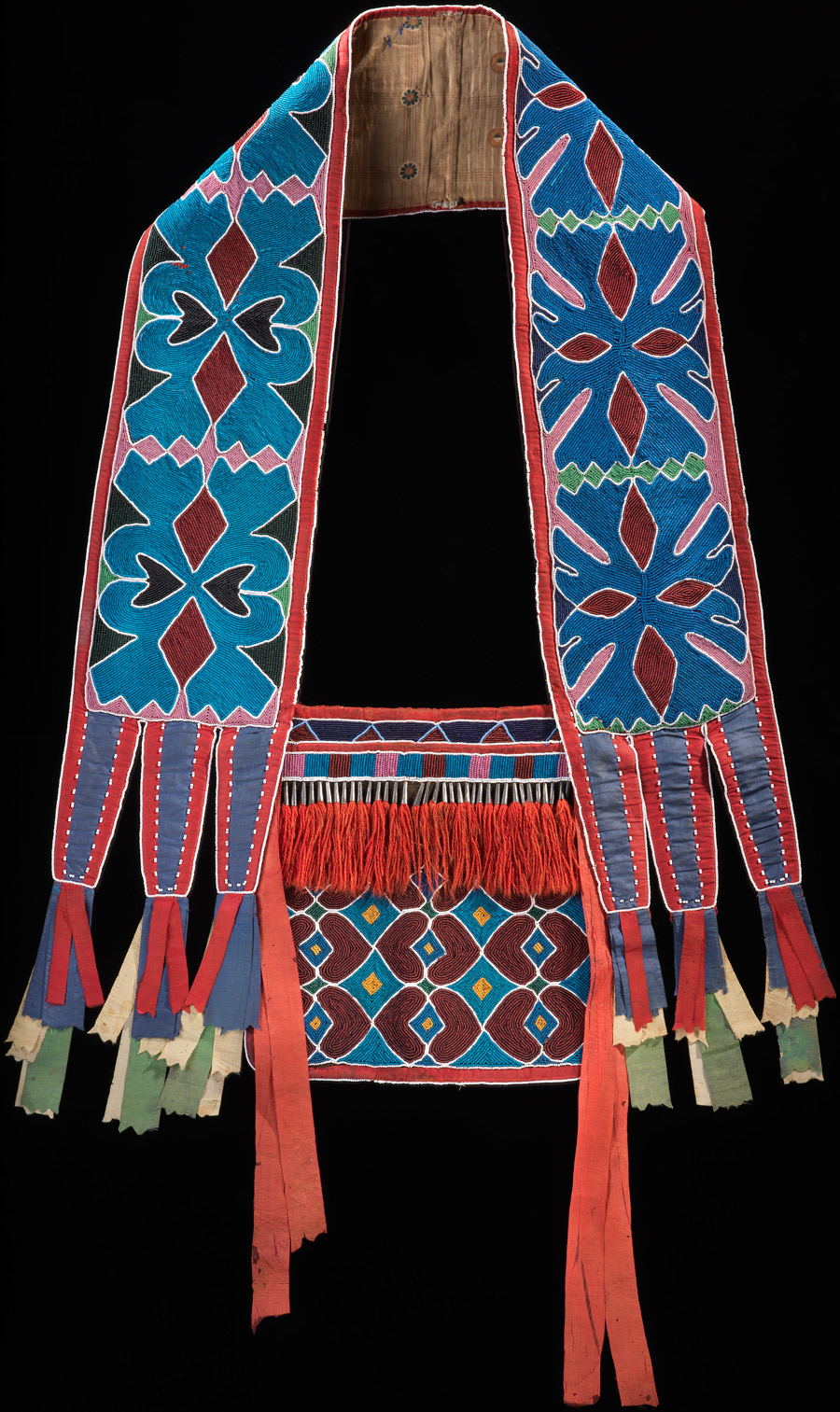
Bandolier bag
* It was made for men and women; objects of prestige.
* Functional and beautiful; acted also as a status symbol as part of an elaborate garb.
* Functional and beautiful; acted also as a status symbol as part of an elaborate garb.
45
New cards
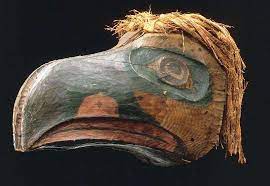
Transformation mask
* The mask has a birdlike exterior face; when opened, it reveals a second human face on the interior.
* The masks were worn by native people of the Pacific.
* During a ritual performance, the wearer opens and closes the transformation mask using strings.
* The masks were worn by native people of the Pacific.
* During a ritual performance, the wearer opens and closes the transformation mask using strings.
46
New cards
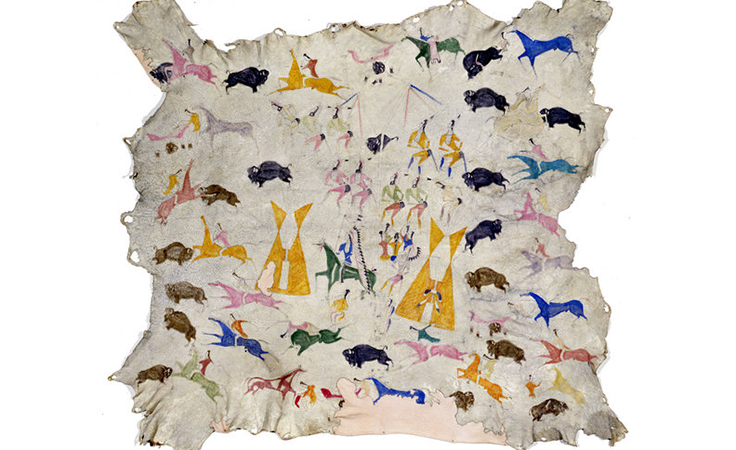
Hide Painting of the Sun Dance
* Depicts traditional aspects of the Plains people’s culture that were nostalgic rather than practical
* Worn as a robe over the shoulders of the warrior.
* Depicts biographical details; personal accomplishments; heroism; battles.
* Worn as a robe over the shoulders of the warrior.
* Depicts biographical details; personal accomplishments; heroism; battles.
47
New cards
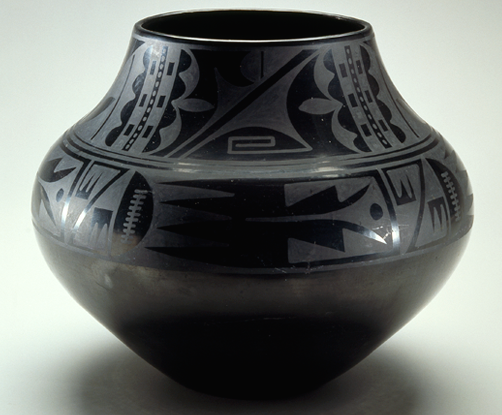
Black-on-black ceramic vessel
* By Maria Martínez and Julian Martínez
* Black-on-black vessel; Contrasting shiny black and matte black finishes.
* Comes from the thousand-year-old tradition of pottery making in the Southwest.
* Black-on-black vessel; Contrasting shiny black and matte black finishes.
* Comes from the thousand-year-old tradition of pottery making in the Southwest.